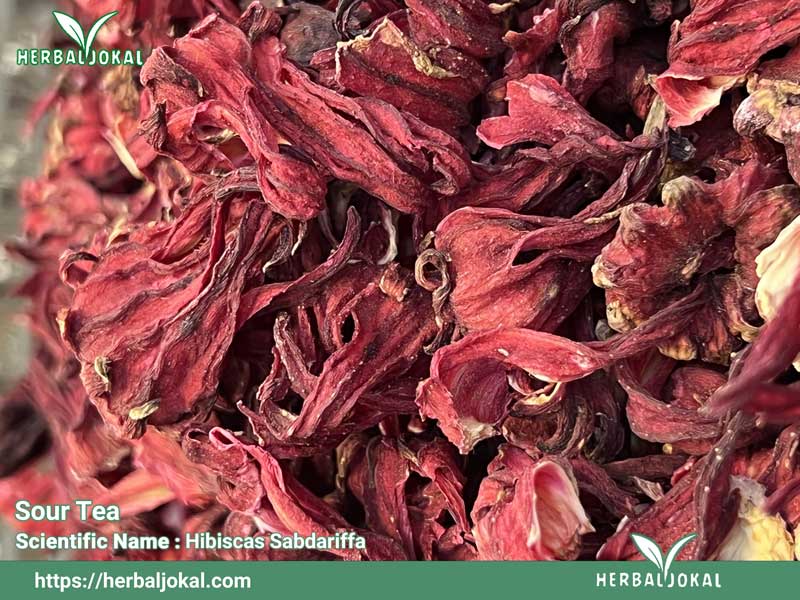Red tea with scientific name: Hibiscas sabdariffa
It grows in tropical and subtropical regions around the world such as Iran, Thailand, China and Mexico.
Medicinal plants have always played an important role in Iranian civilization and culture, and there are hundreds of books and thousands of years of history in it. It is abundant in the south of Iran and is cultivated. It was planted for the first time in Sistan and Baluchistan province, where our company has land for planting red tea. Due to having land to cultivate sour tea, our company can export this product to the whole world with very good quality and price without intermediaries.
How to buy
Our company can send this product with any analysis you want and in the form of your desired packaging through different transportation methods such as (FOB) (CFR) (DAP) (CIF). It should be noted that we also offer free product testing for you.
Our offices in Oman, Iran and America are ready to serve you.
It is a wild and tropical plant that is also called red tea because of its color. The reason why it is called sour tea is that there are natural acids like citric in it. Its taste is sour and it is usually drunk cold or hot with sugar.
benefits:
It is useful to reduce the risk of cardiovascular diseases, blood pressure, blood fat, diabetes and blood sugar, and those who have these problems can use this tea to improve. Currently, it is a suitable medicine for blood pressure and has antioxidant and antibacterial properties.
It has an effect on reproductive hormones such as testosterone and prolactin.
Its other properties are: improving blood vessel function, anticancer, antimicrobial, and in the past it was used to treat a wide range of disorders, including kidney and bladder stones, sexual stimulants, antiseptics, and reducing the complications of diabetes and blood pressure been.
Scientists have discovered that it is also effective for lung cancer. But it often helps to lose weight, strengthen the body’s immune system (due to the presence of vitamin C) and ward off infections.
Helping with blood sugar, cancer, liver and kidney problems, reducing the desire for sweets, reducing calories, helping digestion.
It is also effective as a
-skin rejuvenator (due to having vitamin C),
– increasing hair growth
and strengthening nerves.
Daily consumption between 1 and 3 cups is suitable.
Compounds:
It is rich in iron, copper, citric acid, vitamin C and minerals that reduce blood pressure, cholesterol and liver disorders.
side effects:
It is full of health benefits including low sugar and low calories.
Pregnant and lactating women should consult a doctor.
Due to its cold and dry nature, this tea is more suitable for people with warm temperament, but people with cold temperament can also enjoy it with a little honey.
Physical form:
It grows up to three meters and finally the red leaves dry it.
Sources:
: https://pubmed.ncbi.nlm.nih.gov/10404421/
: https://www.nature.com/articles/jhh2008100
: http://ce.mazums.ac.ir/article-1-402-en.html
: https://journal.bums.ac.ir/article-1-3091-en.html
: https://www.sciencedirect.com/science/article/abs/pii/S0378874198001573
: https://www.sciencedirect.com/science/article/abs/pii/S2210803321000518
: https://www.google.com/amp/s/ifpnews.com/red-tea-harvest-starts-in-southern-iran/amp/
: https://welcometoiran.com/chay-e-torsh-hibiscus-tea/
: https://www.myteadrop.com/blogs/news/hibiscus-tea-benefits





Reviews
There are no reviews yet.